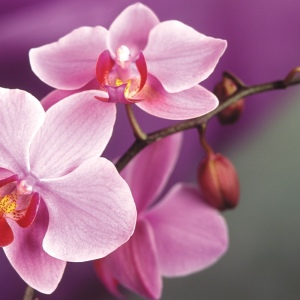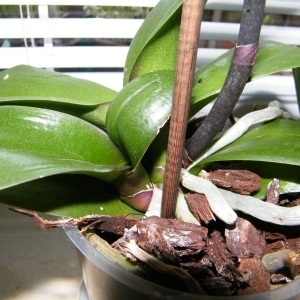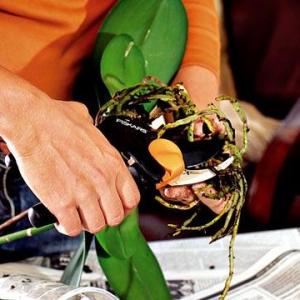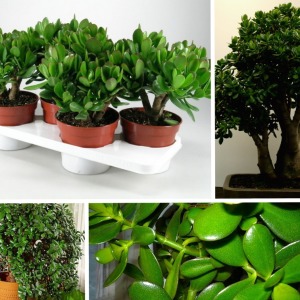Many novice flowerflowers are wondering how to properly transplant Calanchoe. In order after the transplantation, the plant did not disappear, but on the contrary he adds in growth, and also pleased with lush flowering. There are a number of recommendations for Calanechoe transplant.
How to transplant Kalanchoe - Choice Pot
Calanechoe transplantation should be approached. At first, you need to choose the pot correctly for this flower, because from what pot you choose, the growth and flowering of the plant will depend on. When choosing a pot is worth considering the variety and fortification of the flower.
- The optimal size of the pot for calangean is 12-18 cm.
- When transplanting from one pot to another, it is necessary to choose a capacity of 2 cm wide than the previous one.
- Not the right choice The pot can lead to the growing of a green array, damage to flowering or the death of the plant. If you transplanted the plant into a wide pot, then the plant will certainly begin to grow up, and you can forget about blossom. This situation can only save the subfolding in this pot of processes of this plant.
- Special attention should be paid to the material from which the pot is produced. Ceramic pots are ideal for this purpose. They allow to breathe a plant, thereby removing the excess moisture by naturally.
- Before transplanting, rinse the pot thoroughly.

How to transplant Calanechoe - soil selection
There are many varieties of calangean. In the choice of the soil, they are not whims. When buying a plant is in a temporary, transporting pot, which is filled with coconut fibers and peat impurities. At home, it must be transplanted in another pot and balance the soil. Kalanchoe prefers loose, acidic soil. Soil acid can be achieved by adding ground dolomite or lime to the ground. And also, suitable soil can be purchased in specialized flower shops, and at home add one fourth part of the sand to it. The soil for planting calangean can be cooked independently, namely:
- 4 parts of peat land;
- 2 parts of the garden land;
- 1 part of sand.
In the prepared composition, you can add 1 part of crumbled clay or brick, as well as ground coal. This is necessary to create a soil structure. Prepared soil before landing need to warm or disappear, so that pests or fungal infections died. Do not forget about drainage. It is important for the proper development of the flower. At the bottom of the pot, it is necessary to pour crushed clay or bricks with a thickness of 2-3 cm.

How to transplant Calanechoe - Procedure
So that Calanechoe does not get sick after transplantation, but grew and rejoiced blooming necessary:
- before landing carefully examine the roots of the plant, in order not to be present, the rotation, the mold, which needs to be removed;
- process a pot for planting, pests or infections;
- at the bottom of the pot pour drainage and impose it with a prepared soil;
- remove the plant from the old pot, while carefully preserve the earthen com on the roots;
- move Calanchoe to a new pot;
- shipping at the pot in a pot and tamper it;
- mulch by pebbles or other material the surface of the soil in a new pot.

How to transplant Kalanchoe - Useful Tips
- Periodically, you need to transplant the calangean in another pot, because with proper care, the plant grow up, children appear and it does not receive a proper amount of beneficial substances.
- Before transplantation, the plant must be abundantly pouring, in order not to damage the root system when removing.
- Mulching reduces irrigation rate, because it delays moisture, and also reduces the possibility of the development of mold.
- The children appeared, the sockets are recommended to decorate in order for the plant to receive useful substances in due quantity.
- It is not recommended to transplant calangean during flowering, because the plant may experience the strongest stress, thereby throwing the buds.

Calanechoe transplant does not require much effort and much time, but it is necessary. It promotes rapid, healthy growth and lush flowering!






























